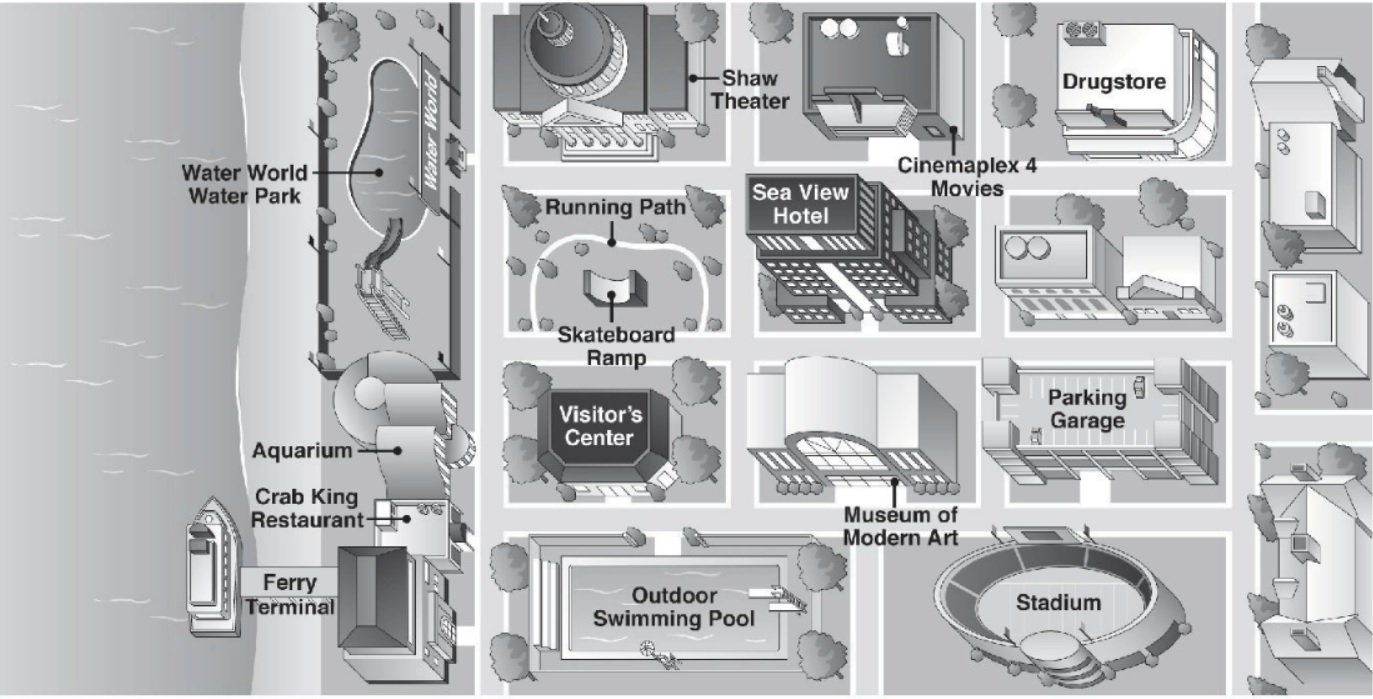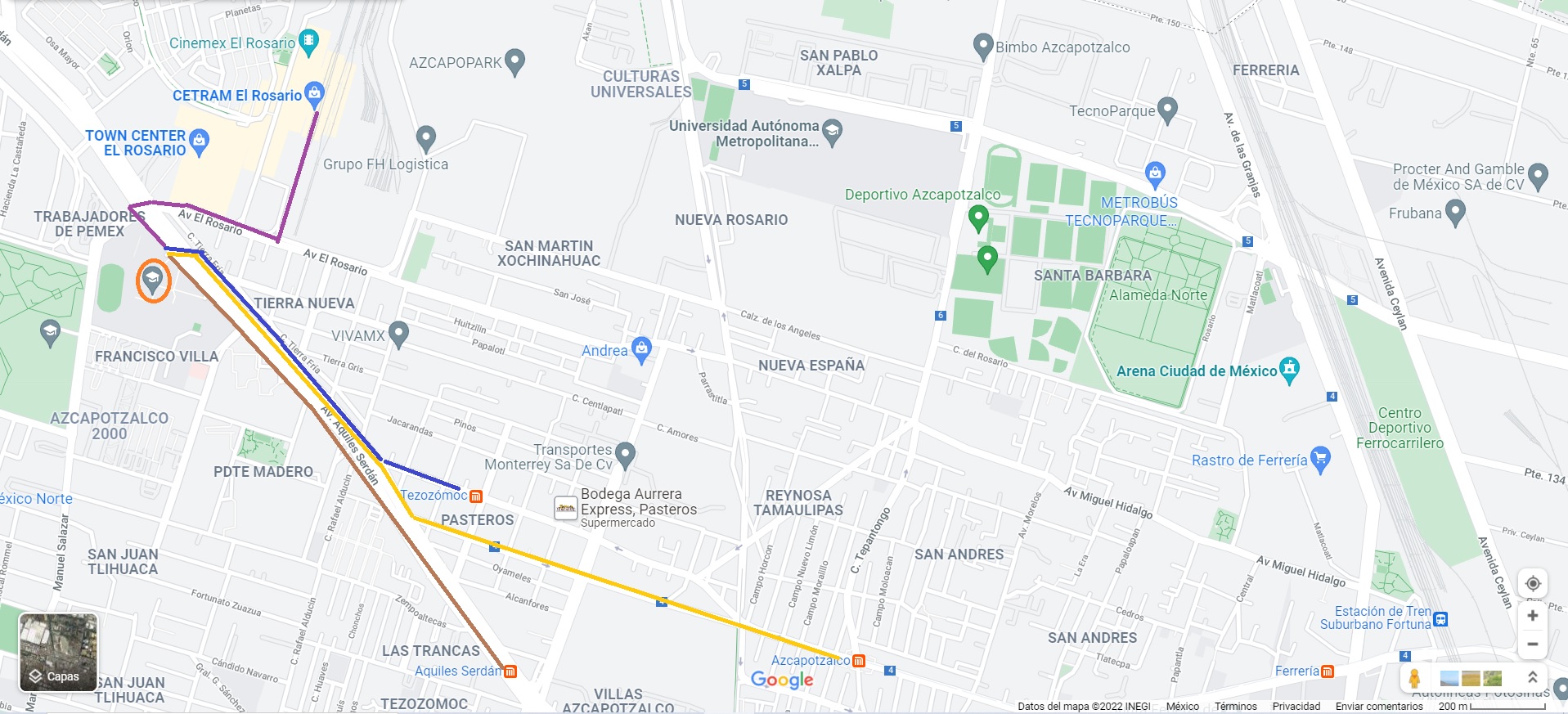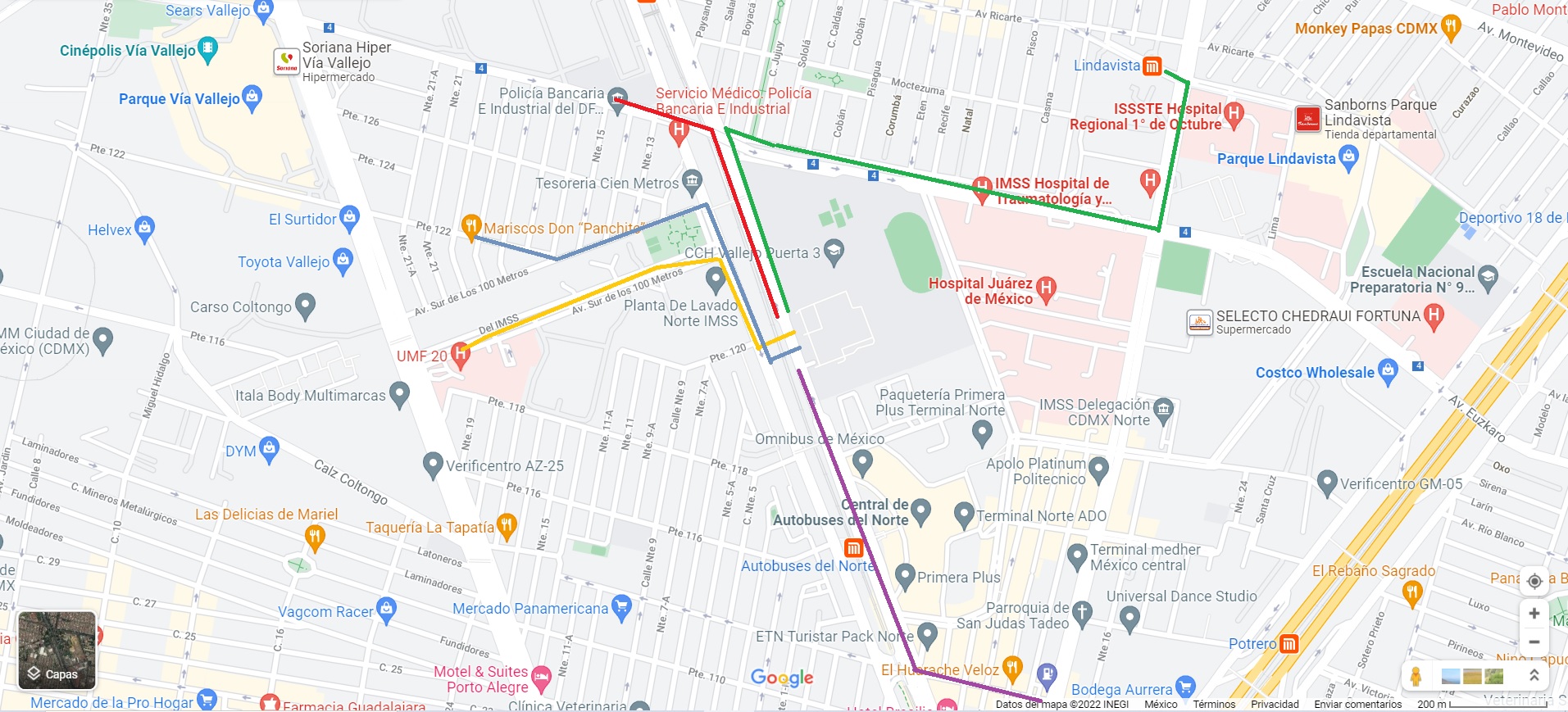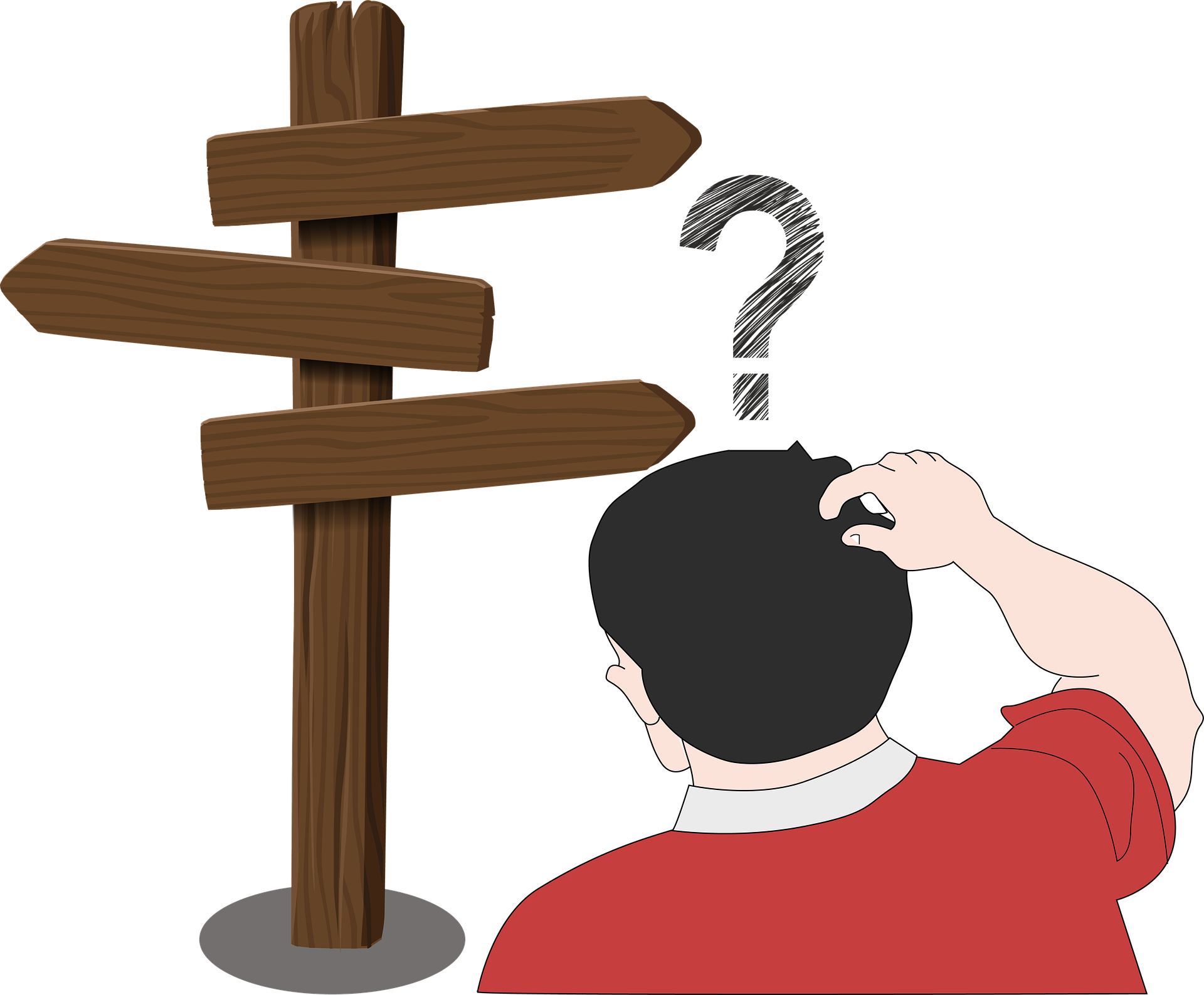
Geralt. 2017. Arrow. Taken from: https://pixabay.com/images/id-2079324/
*You can also say:
Make a left
Take a left
Go left
In this topic you will identify and use different expressions to give, follow, and sequence directions to move around the city and get to different places.
You will practice reading and listening comprehension, as well as writing and speaking, so that you can effectively communicate in the English language.

Gregoose. 2019. Map. Photographic. Taken from: https://pixabay.com/images/id-4152197/
When you’re in a country you don’t know, you can easily get lost at some point during the trip, even if you have a map. So, it’s really useful to know how to ask for and understand directions in English so you can reach your destination.
It’s also great to be able to give directions yourself to tourists or foreign colleagues.
What words and phrases can help you give and ask for directions? Let’s study some vocabulary and then practice with it.

Geralt. 2017. Arrow. Taken from: https://pixabay.com/images/id-2079324/
*You can also say:
Make a left
Take a left
Go left
*You can also say:
Make a right
Take a right
Go right

Geralt. 2017. Arrow. Taken from:https://pixabay.com/images/id-2079326/

Marco. 2016. Street sign. Photographic. Taken from: https://pixabay.com/images/id-1185662/
*You can also say:
First,
Then,
Finally,

S.A. 2022.Procedures. Taken from: https://pixabay.com/images/id-6925411/
*You can also say:
Go ahead
Go straight on

Teririmakashih0. 2017. Ask. Photographic. Taken from: https://pixabay.com/images/id-2341784/
*You can also say:
Can you help me?
Can you tell me how to get to the aquarium?
Could you give me directions?
How do you get to the post office?

Mohamed. 2021. Businessman. Illustration. Taken from: https://pixabay.com/images/id-6138818/
*You can also say:
Can I help you?
What can I do?
How can I help?
Let’s check some examples of the previous vocabulary in context. To complete the exercise, look at the map.
Then listen to the conversations and drag the words, check your answers, and then continue with the lesson.

It is time to practice the content you have explored.
You are going to read an e-mail containing some instructions to get to a restaurant for an anniversary celebration. Read the text and do the exercise.
Listen to the people give directions. Put the sentences in the correct order. Drag them to numbers 1 to 4.
Listen to the people give directions. Put the sentences in the correct order. Drag them to numbers 1 to 4.
You have recently won a prize and the ceremony takes place in CCH Azcapotzalco. You invited a lot of your friends to the event, but they have never visited it. Send them an e-mail telling them the detail instructions to get from these different places.
1) From Aquiles Serdán subway station
2) From Tezozomoc subway station
3) From Azcapotzalco subway station
4) From CETRAM Rosario

*Imagen tomada de Google Maps
Check the rubric to assess your work. The writing should include between 120 and 160 words.
So far you have checked examples and done activities to move around the city. Now is your turn to make and oral production.
Imagine you have a cousin from other country who started studying in CCH Vallejo. You want to help him to get to some places that are nearby.
Look at the map and record your voice telling him how to get to:
1) Hospital UMF 20 (yellow line)
2) Mariscos Don Panchito (blue line)
3) Bank Police Building (red line)
4) Lindavista subway station (green line)
5) A gas station (purple line)

*Imagen tomada de Google Maps
You can do it on a computer or on the cellphone. Check the rubric to assess your work. The recording should last between 80 and 120 seconds.
It’s time to show what you have learned about moving around the city. This topic is very important because you will use it in everyday life.

S.A. 2018. Directions. Illustration. Taken from: https://pixabay.com/images/id-3508620/
References
Fruen, G. (2018). Personal Best A2. México: Richmond.
Latham-Koening, C., & Oxenden, C. (2013). American English File 2 Student Book. Oxford: OUP.
Saslow, J. and Ascher, A. (2015). Top Notch Fundamentals. Student’s Book. Third edition. NY: Pearson.
Swan, M., & Walter, C. (2011) Oxford English Grammar Course Basic. Oxford: OUP.
Swan, M., & Walter, C. (2011) Oxford English Grammar Course Basic. Oxford: OUP. https://learnenglishteens.britishcouncil.org/skills/listening/elementary-a2-listening/giving-directions
BBC Leaning English (2022) Retrieved January, 2022 from https://www.bbc.co.uk/worldservice/learningenglish/radio/specials/1212_how_to_instruct/page2.shtml
Cómo citar